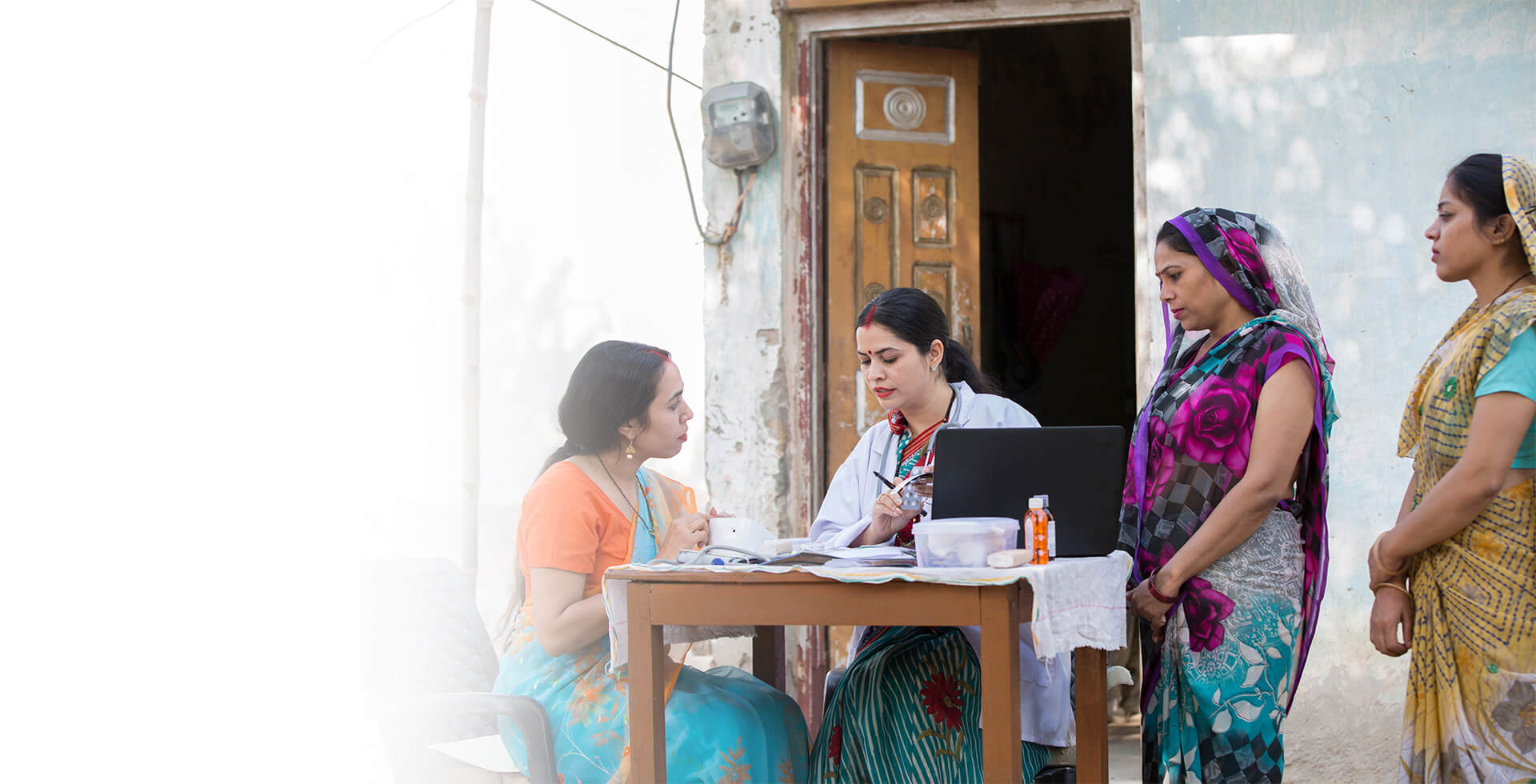History of Ayurveda
The ancient rishis or seers of truth, discovered truth by means of religious practices & disciplines. Through intensive meditation, they manifested truth in their daily lives. Ayurvedic system of health is conversance of practical, philosophical & religious experiences of the great sages. The historical evidence of Ayurveda can be found in ancient books of wisdom known as the Vedas. Atharva Veda, that is known to have been written over 10,000 years ago, describes Ayurveda as a system that helps maintain health in a person by using the inherent principles of nature to bring the individual back into equilibrium with their true self.
Ayurvedic Body Types
Ayurveda is based on the principles of three doshas or the three basic energy types which are further classified as vata, pitta & kapha. According to Ayurveda, these doshas or energies can be found in everyone and everything thus making them the essential building blocks of the material world. All the three doshas combine to create different climates, different foods, different species, and even different individuals within the same species and perform different physiological functions in every individual body. In fact, the particular ratio of vata, pitta, and kapha within each of us has a significant influence on our individual physical, mental, and emotional character traits.
Here’s explaining you the three doshas and the different functions they perform within the body.











